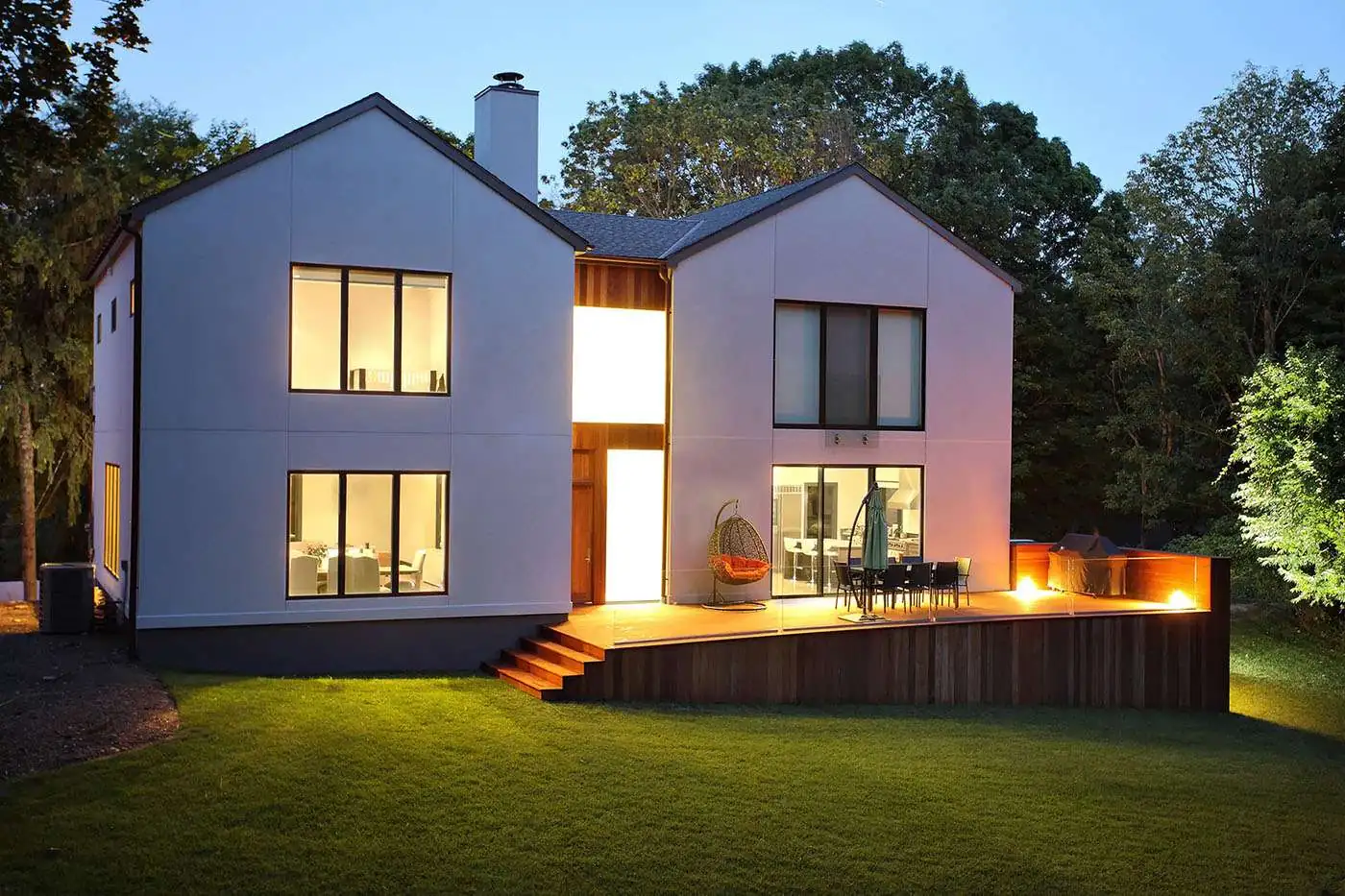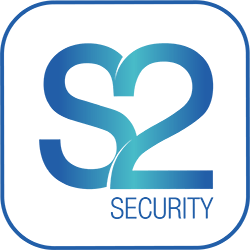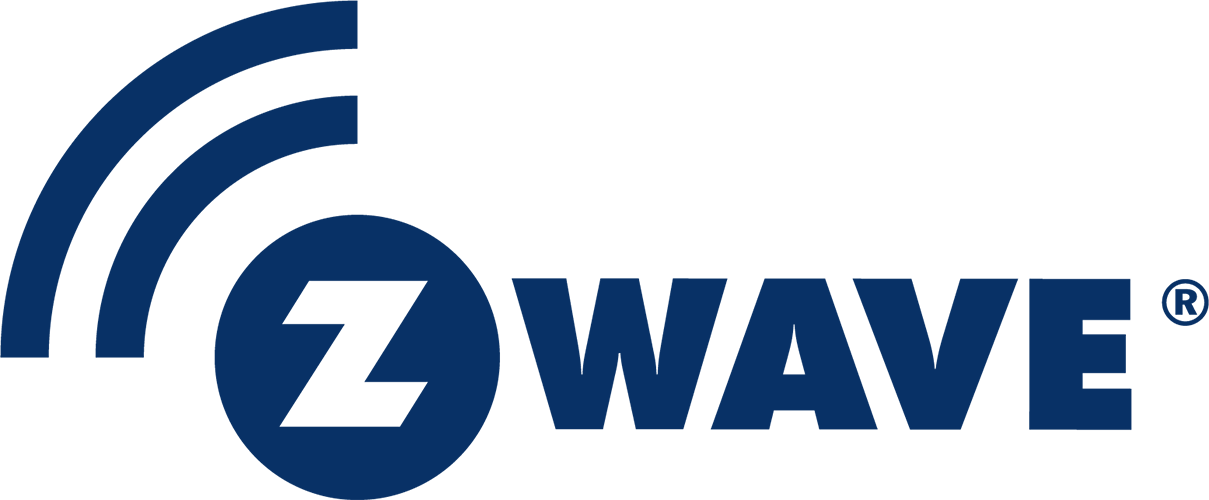
What is Z-Wave?
Similar to Wi-Fi, Z-Wave ( Zwave ) is a wireless communication technology facilitating seamless interaction among all Aeotec’s devices and extending connectivity to other approved devices, regardless of the manufacturer. This communication is not only reliable but also interference-free, energy-efficient, and, above all, secure.
At Aeotec, our focus is on empowering you to shape the home of tomorrow, today, using cutting-edge technology tailored for home automation. We prioritize reliable, proven, and standardized solutions. one such technology we specialize in is Z-Wave.
Explore more about Aeotec’s diverse home automation products and discover the different ranges we offer. Shape your smart home with technology that redefines reliability and standardization.

Low Power

Mesh Networking

Interference free

Security

Wireless

Expandable

Easy to use

Cross compatible

Smart Start (Z-Wave )
SmartStart, present in chosen Z-Wave devices of the 500 series and all those utilizing 700 and 800 series technology, streamlines the setup process. Users can effortlessly connect their devices to the Zwave gateway by scanning a QR code with a SmartStart-enabled app. This feature caters to professional system integrators, enabling device connection before powering on, as well as DIY installations, where users can easily set up these devices by scanning a QR code. SmartStart substantially diminishes the time and effort needed for a comprehensive automation system installation.

S2 Security (Z-Wave )
For the security part, S2 technology forms the cornerstone of a connected home, embodying the latest Zwave version, minimized power consumption, extended wireless range, top-tier security, and enhanced response time. Aeotec’s S2 devices, featuring advanced encryption, anti-hacking measures, and optimized performance, deliver a seamless and secure connected home experience. This includes improvements such as enhanced battery life and faster automation.
 |
 |
 |
|
|---|---|---|---|
| Z-Wave version | 500 Series | 700 Series | 800 Series |
| Wireless range | Up to 600 meters | Up to 1600 meters | Up to 2400 meters |
| Battery life | Up to 2 years | Up to 10 years | Up to 10 years |
| Security | S2 | S2 + Secure Vault | S2 + Secure Vault |
| Efficiency | 100% | 170% | 200% |
| Memory | Flash (module): 128 kB RAM (module): 16 kB |
Flash (module): 256 kB RAM (module): 32 kB |
Flash (module): 512 kB RAM (module): 64 kB |
| Footprint | Module (mm): 8x8 | Module (mm): 9x9 | Module (mm): 6.5x6.5 |
| Compatibility | Backward compatible | Backward compatible | Backward compatible |


